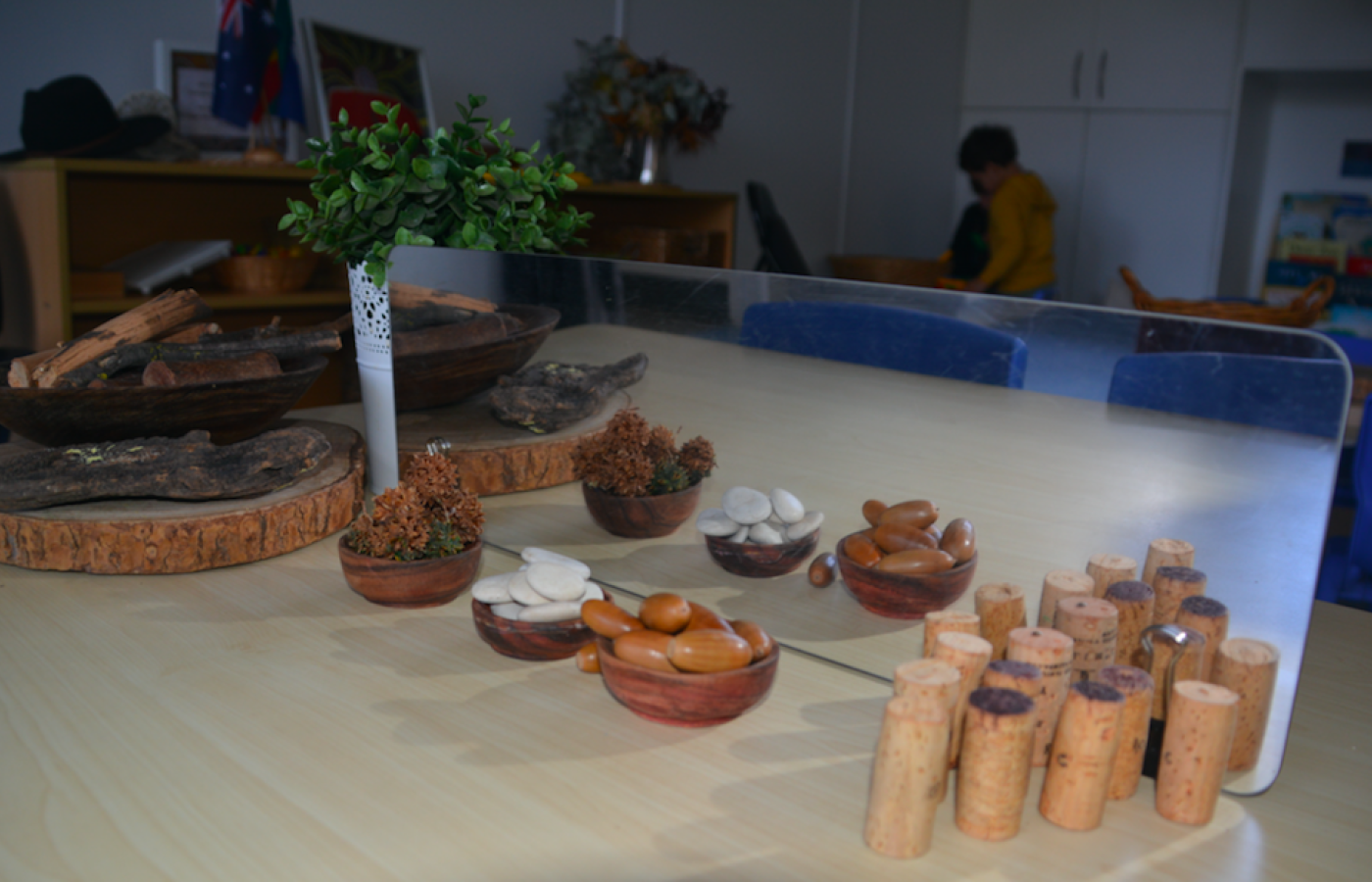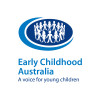Let's make a map!

Let's make a map!
Recreating a map using Lego, loose parts or drawing.
Materials Required
- Large paper
- Pencils
- Textas
Lego, blocks or other loose parts, figurines, natural objects (stones, sticks, corks)
Play experience profile
-
Age:
-
Min Playtime5-minutes
-
Energy LevelActive play
-
Messiness Rating
-
EYLF Outcomes
Play Experience Preparation
Go on a walk through the community. Point out locations of interest - Have a discussion about an online map - Set a scene to encourage your child to recall the items seen in the community - road, shops, big trees, houses etc.Experience Steps
- When you return home for your exploration, on a large piece of paper draw the objects seen in the community.
- Be sure to represent things like roads, trees, houses and so on.
- You can also use object in blocks such as trees and houses to create a different dimension.
- Represent the different objects or parts on the map with Lego or loose parts. You can even use material or fabric for things like water.
- Model for your child how to use their fingers to "walk" from place to place on the map. Think aloud as you model so your child can hear you using the language of location and position.

What to talk about, or questions to ask during the experience
- Under, down, up, near, behind, in front, beside, through, under, over, on, off, inside, outside
- Get your child label and describe the different parts on the map
Build on this...
- You could use a variety of locations that are familiar to you and your family e.g. holidays, other family members houses, local parks
- WATCH: https://www.youtube.com/watch?v=rfq35tMFYkI
- WATCH: https://www.youtube.com/watch?v=f2wuyqOrHZ4
- WATCH: https://www.youtube.com/watch?v=AGYK1znawoQ
WHO guidelines for physical activity and sedentary behaviour
Provide evidence-based public health recommendations for children, adolescents and adults on physical activity.
Learn more
Provide evidence-based public health recommendations for children, adolescents and adults on physical activity. Learn more
This activity involves walking around the community.
EYLF Outcomes
The Early Years Learning Framework has been designed for use by early childhood educators working in partnership with families, children’s first and most influential educators.
View PDF
The Early Years Learning Framework has been designed for use by early childhood educators working in partnership with families, children’s first and most influential educators. View PDF
- Children develop a sense of belonging to groups and communities and an understanding of the reciprocal rights and responsibilities necessary for active community participation
- Children develop a range of skills and processes such as problem solving, inquiry, experimentation, hypothesising, researching and investigating
- Children resource their own learning through connecting with people, place, technologies and natural and processed materials
EYLF Principle
Principle 5: Ongoing learning and reflective practice. Critical reflection involves closely examining all aspects of events and experiences from different perspectives.
EYLF Practice
Practice: Intentional teaching. Intentional teaching is deliberate, purposeful and thoughtful. They use strategies such as modelling and demonstrating, open questioning, speculating, explaining, engaging in shared thinking and problem solving to extend children’s thinking and learning.
https://www.education.vic.gov.au/childhood/professionals/learning/ecliteracy/interactingwithothers/Pages/conceptsdevelopmentandvocabulary.aspx
Author:


